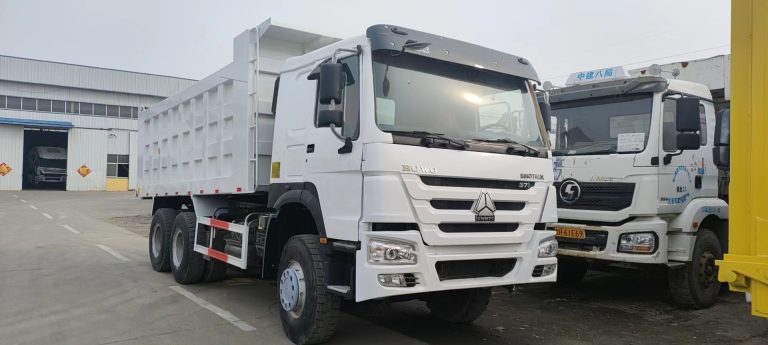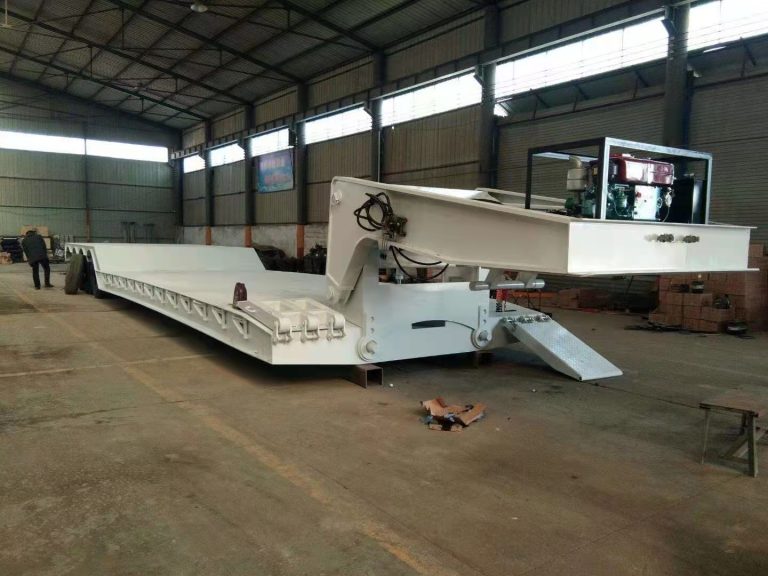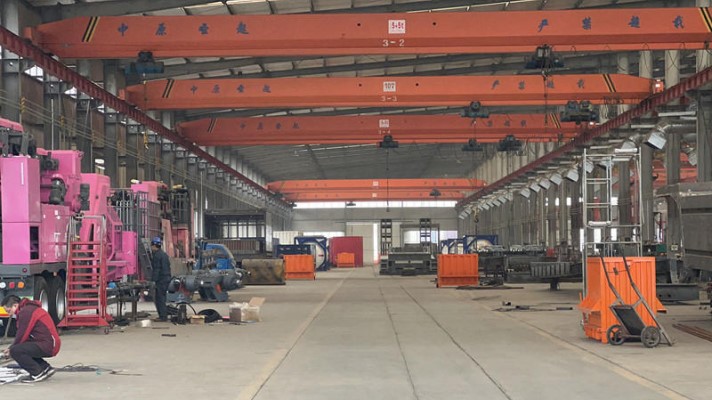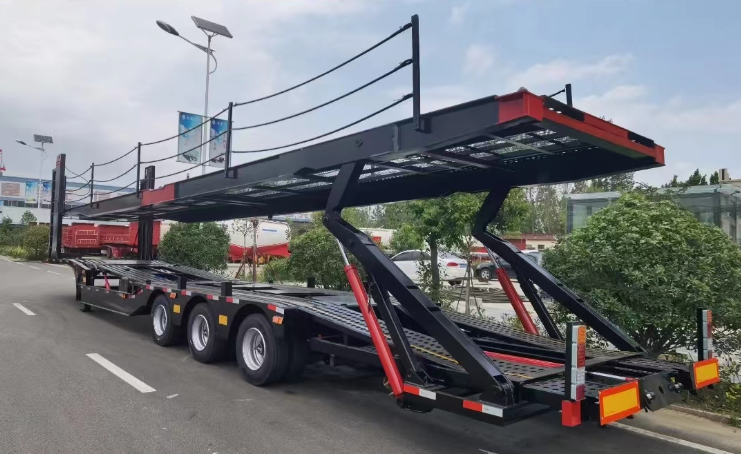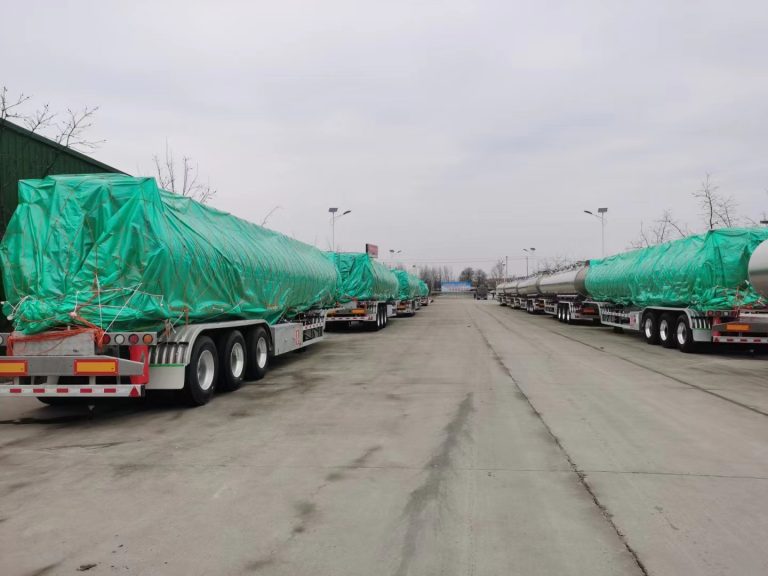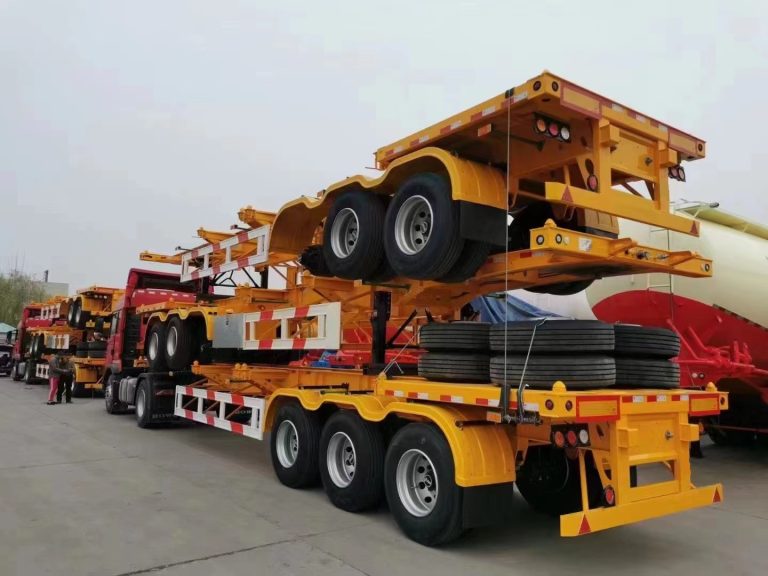LNG trailers take a variety of safety measures to ensure their safety during transportation. The following are the main safety measures:
1. Vehicle technical inspection
Perform technical inspections on LNG trailers regularly to ensure the normal operation of the vehicle’s mechanical and electrical systems, paying special attention to LNG leakage and vehicle system leakage.
2. Anti-static measures
During the operation of LNG trailers, anti-static measures such as grounding are taken to prevent the accumulation and discharge of static electricity and reduce the risk of fire and explosion.
3. Leak detection system
Equipped with an effective LNG leak detection system, it can detect and alarm potential leaks in time.
4. Safety valve and emergency shut-off system
The safety valve and emergency shut-off system installed on the LNG trailer can quickly cut off the flow of LNG in an emergency and reduce the risk of accidents.
5. Fire protection equipment
Fire protection equipment, including fire extinguishers, foam fire extinguishing systems, etc., are configured on LNG trailers to deal with emergency situations in the event of fire.
6. Personnel training
Provide professional training for LNG trailer drivers and related staff to familiarize them with the dangerous characteristics of LNG, job safety management regulations and operating procedures, and master the safety operation skills and emergency response measures required for this position.
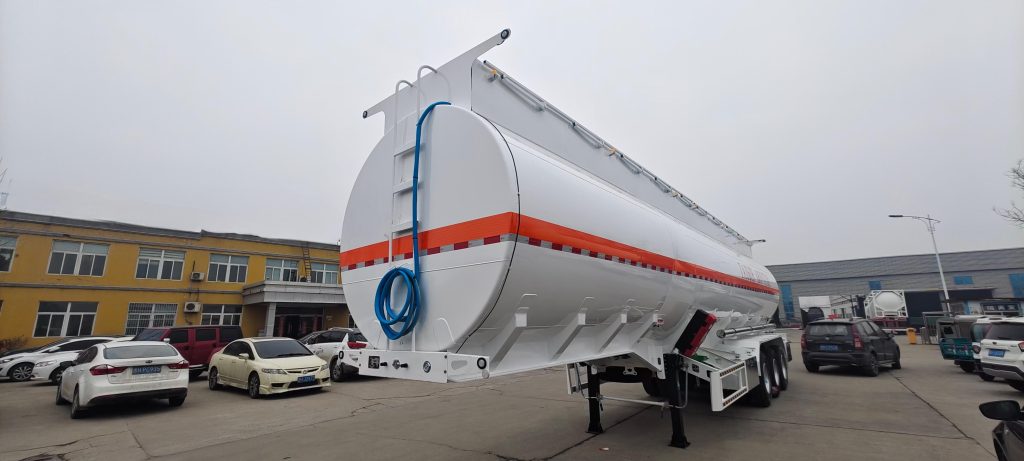
7. Tank design and testing
LNG tanks adopt a double-layer vacuum structure, with the inner tank wrapped with insulation material, and have super insulation performance. During the production process, the tank must undergo strict safety performance tests such as resistance to high pressure, high temperature open flame, vibration, extrusion, and falling.
8. Safety valve system
The LNG cylinder liner is designed with a multi-level safety valve. The opening pressure of the main safety valve is about 1.9MPa, and the opening pressure of the auxiliary safety valve is generally above 2.4MPa. In the case of overpressure, the safety valve can automatically release the pressure to ensure the safety of the gas cylinder.
9. Leakage alarm device
LNG trailers are equipped with a gas leakage alarm device as standard. When the gas cylinder has abnormal pressure or leakage, it will remind the driver through instruments and sounds to take timely measures.
10. Transportation process management
Speed limit and driving regulations: LNG trailers must comply with speed limit regulations, violent vibration is strictly prohibited, and they must not enter densely populated areas.
Parking regulations: Vehicles must be parked away from flammable materials and must not be parked in closed areas to ensure good ventilation conditions.
11. Emergency plans and drills
Develop practical and feasible accident emergency plans, conduct accident emergency plan drills regularly, and establish emergency linkage mechanisms with surrounding stakeholders. When an accident occurs, promptly report and issue accident alarms, quickly organize personnel evacuation and carry out emergency disposal.
12. Regulations and supervision
In accordance with the “Regulations on Safety Supervision of Liquefied Gas Tank Trucks” and “Regulations on Safety Supervision of Mobile Pressure Vessels” and other regulations, strengthen the safety performance supervision of LNG trailers, regularly test active vehicles, and eliminate substandard vehicles.
Through the above measures, LNG trailers can effectively reduce safety risks and ensure the safety of transportation during transportation.

